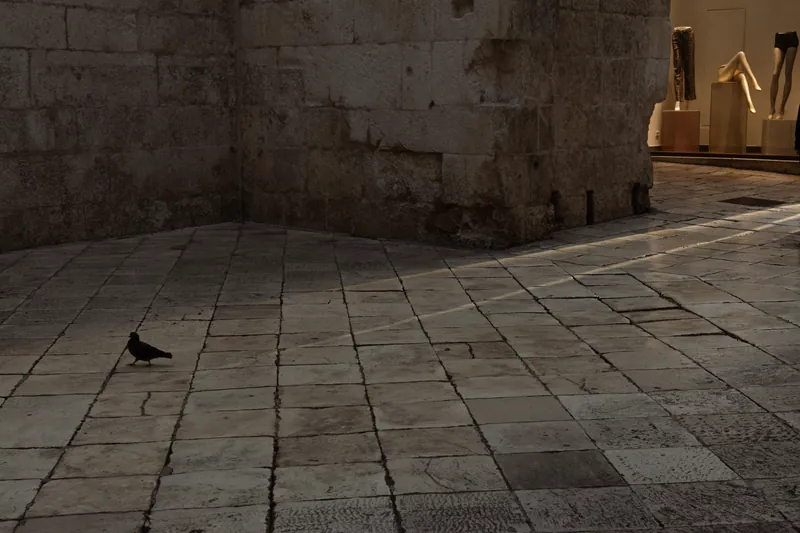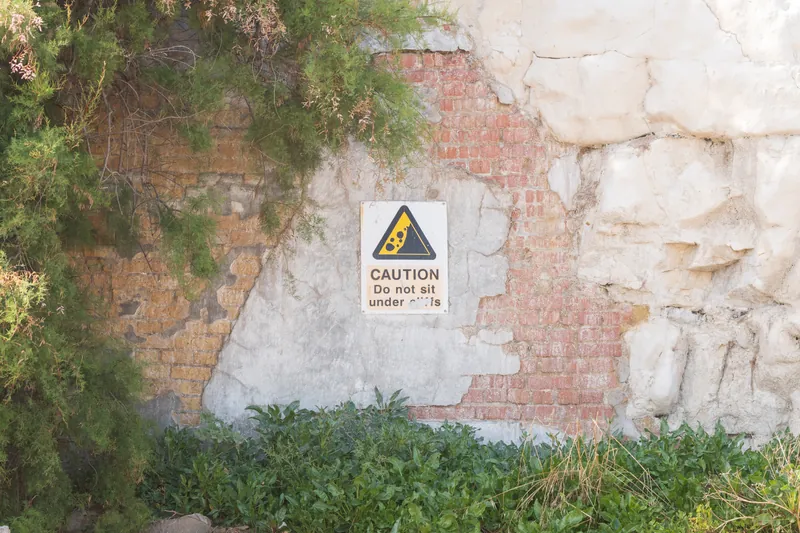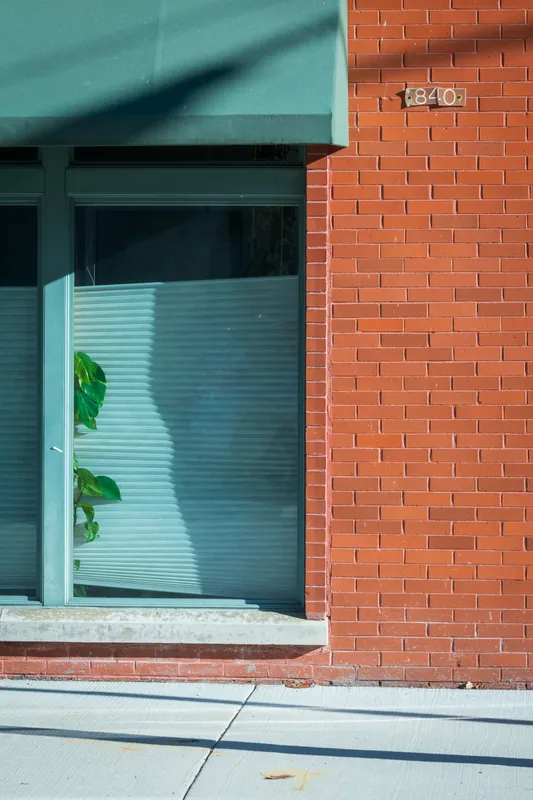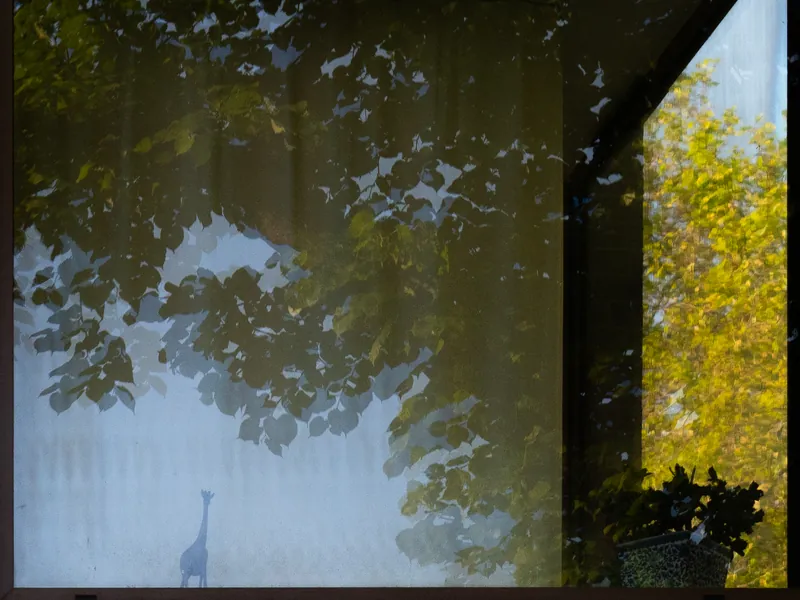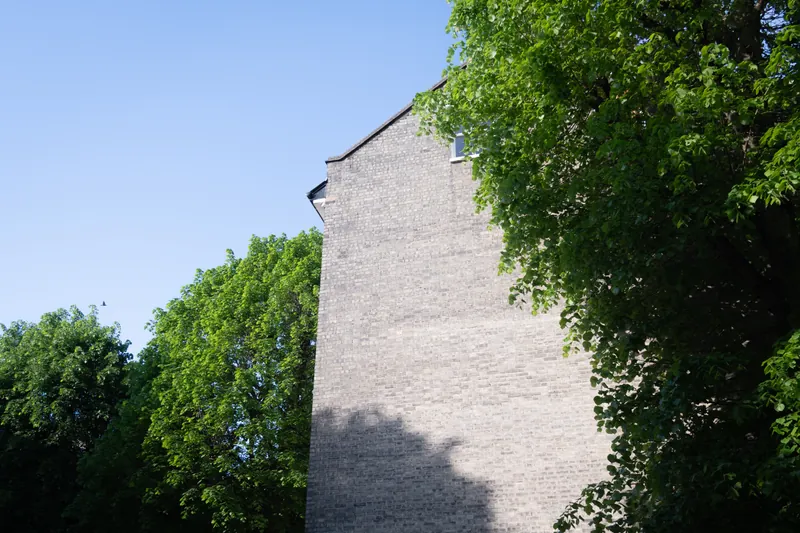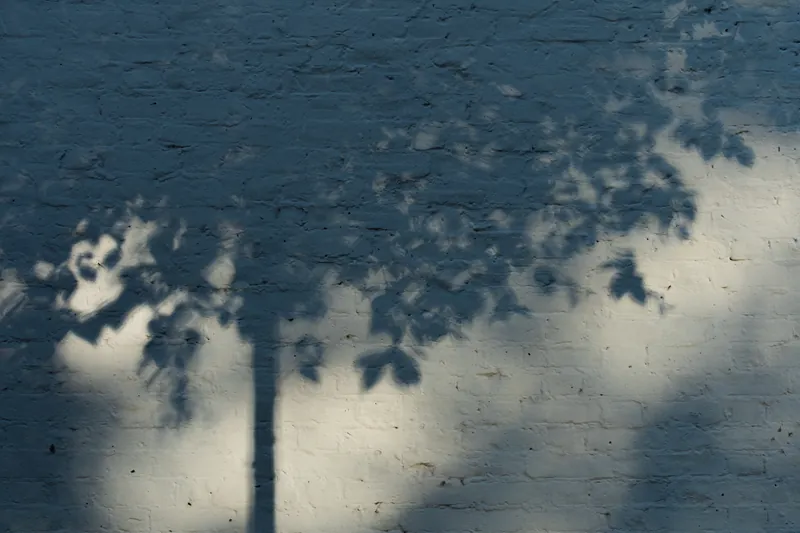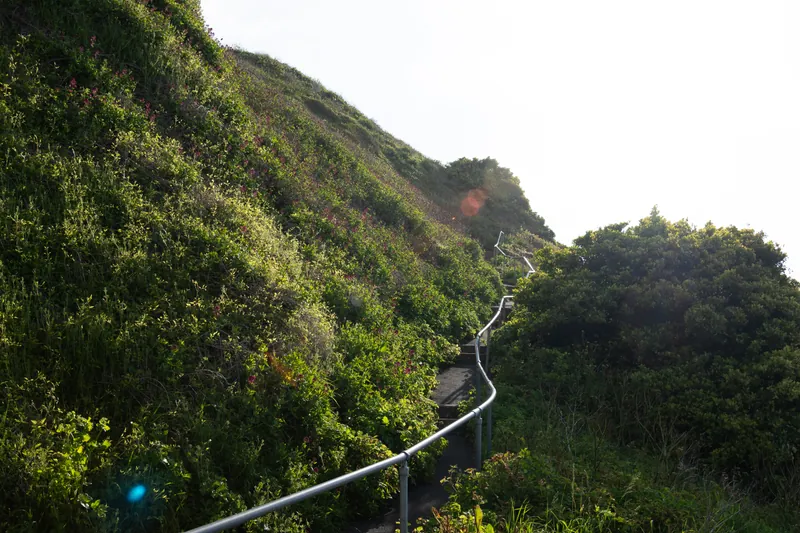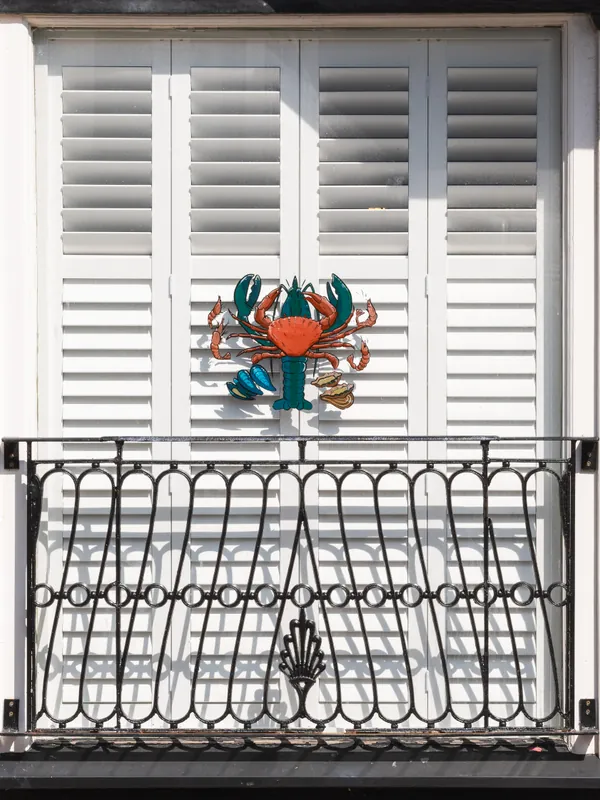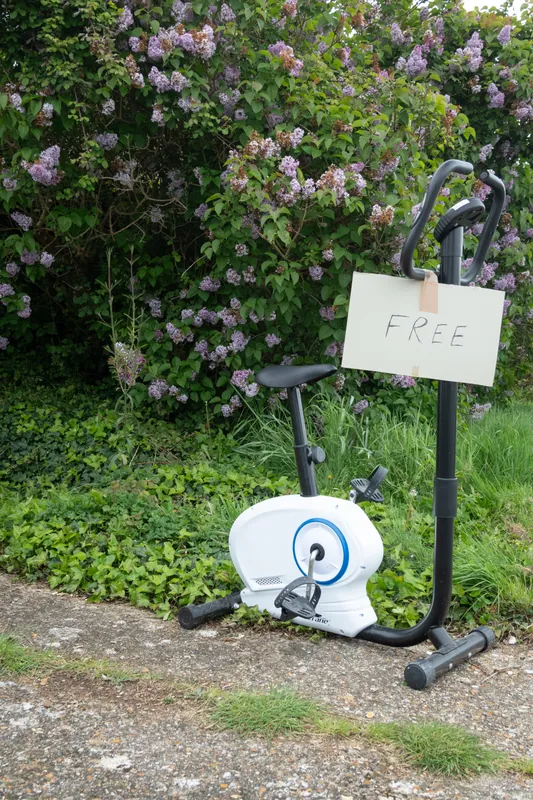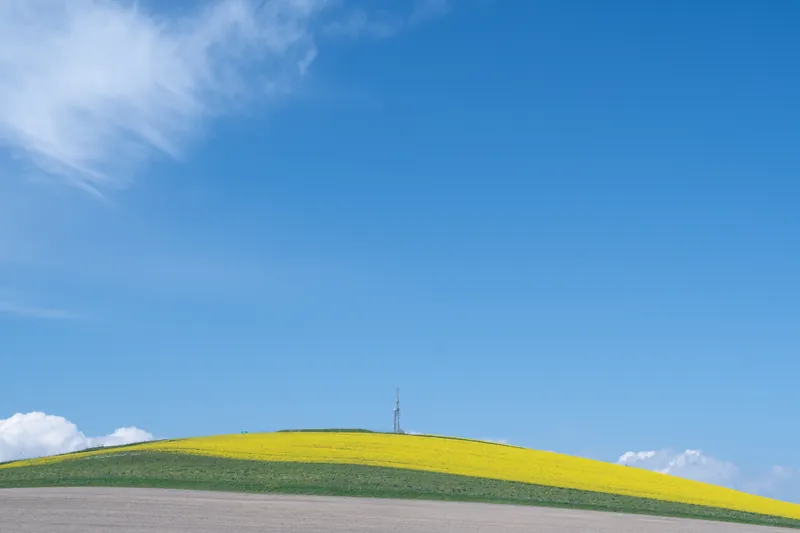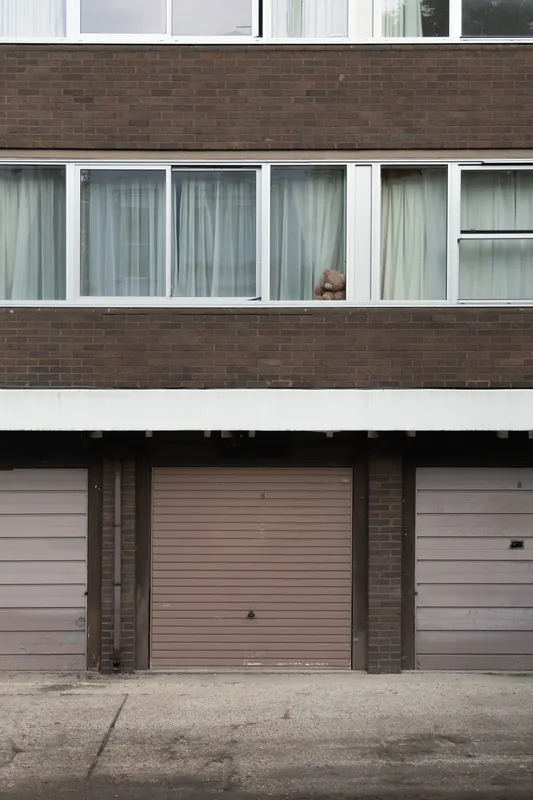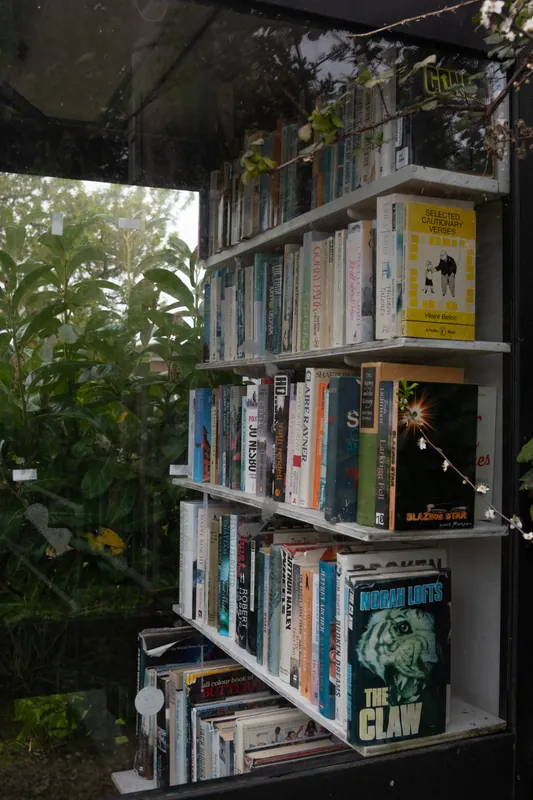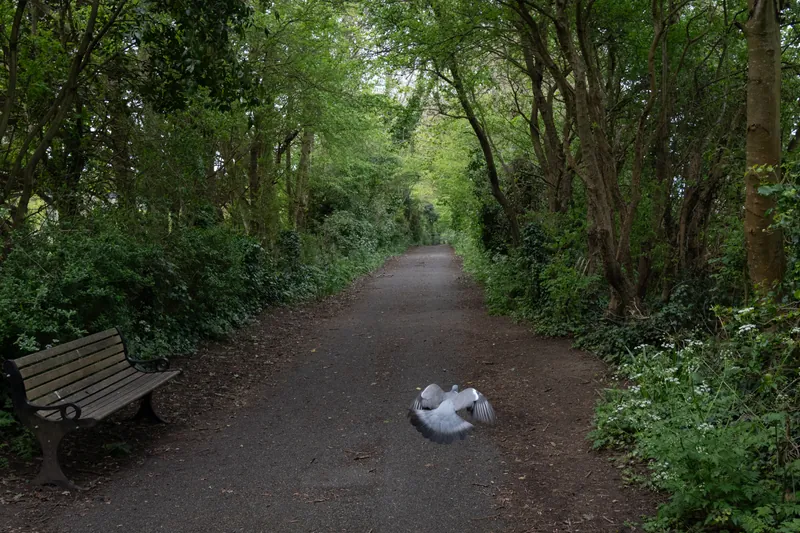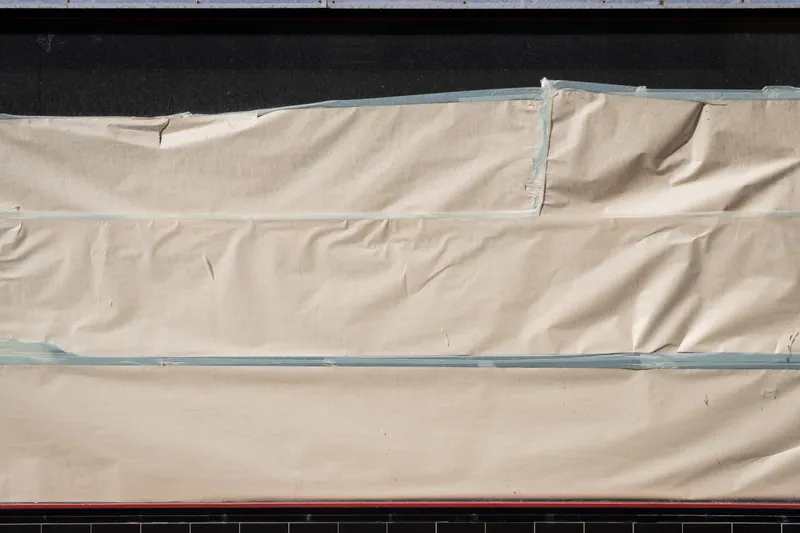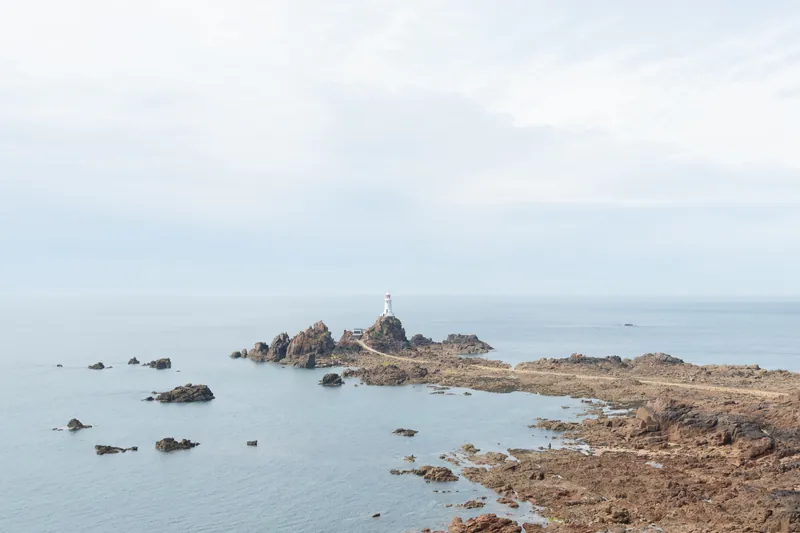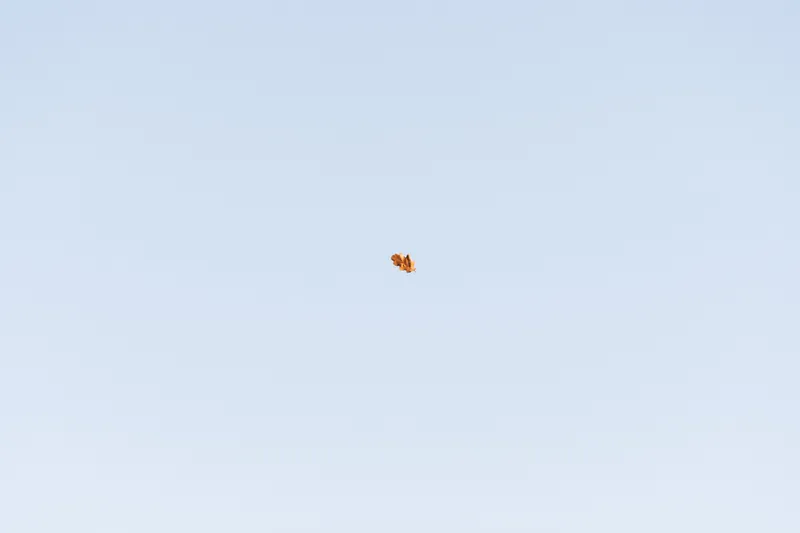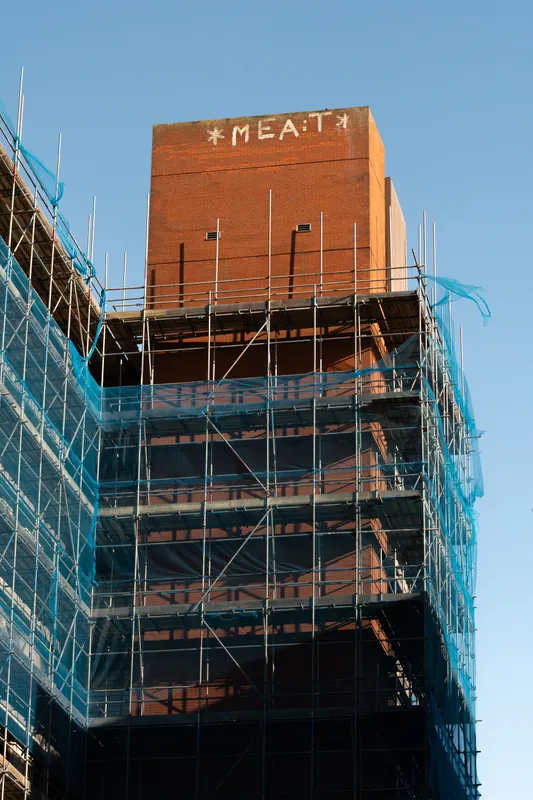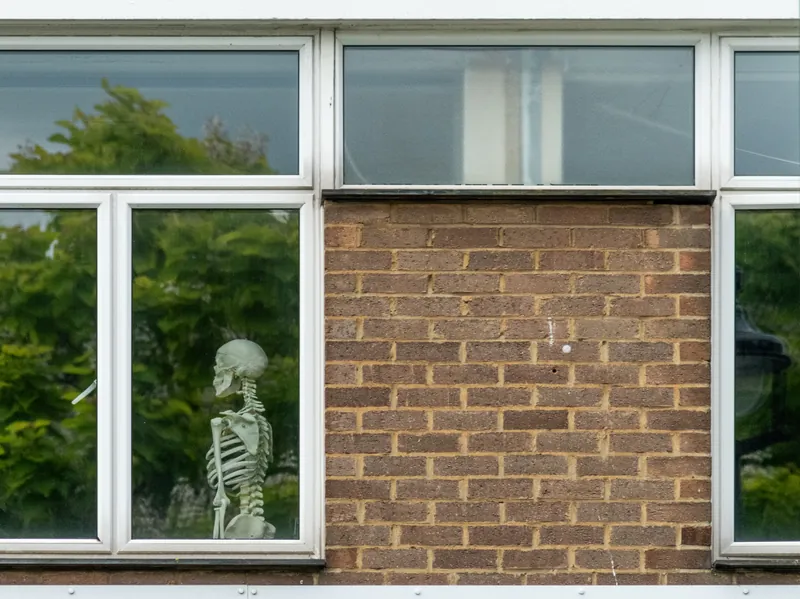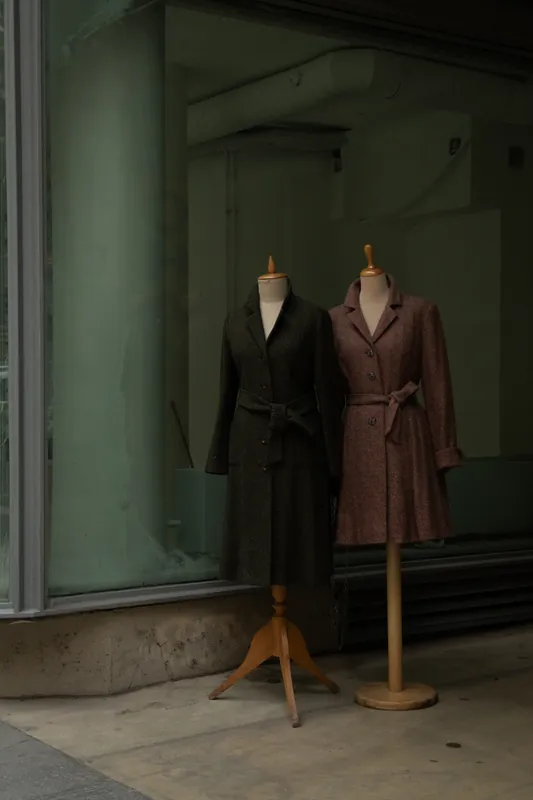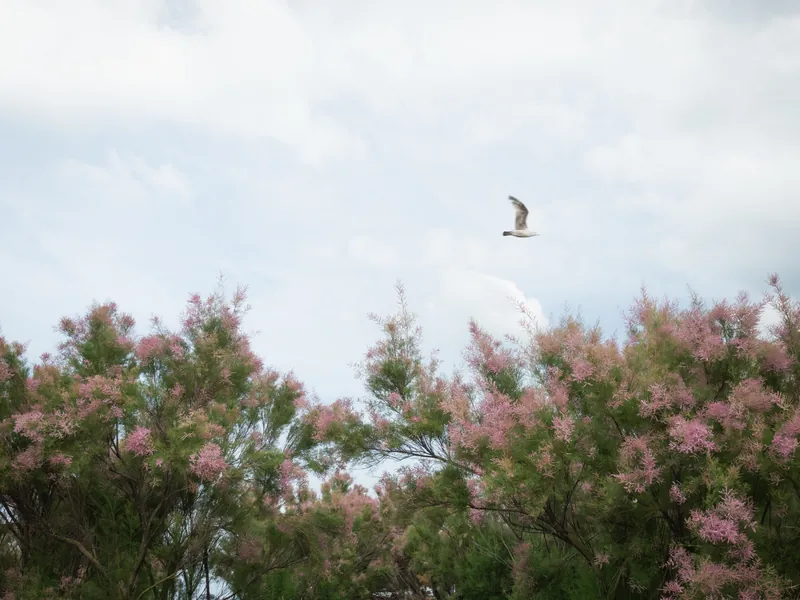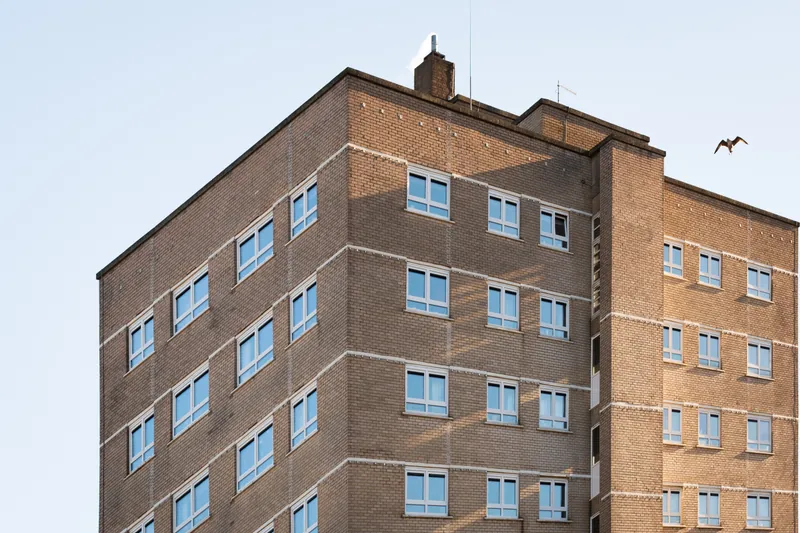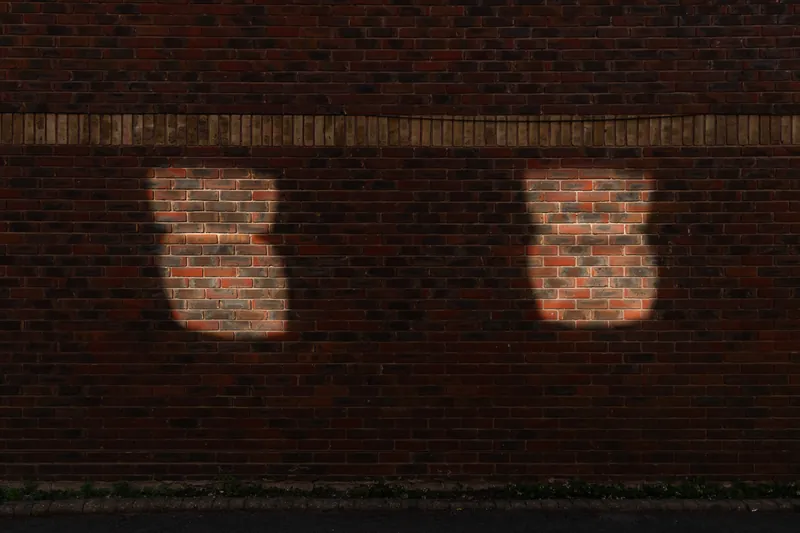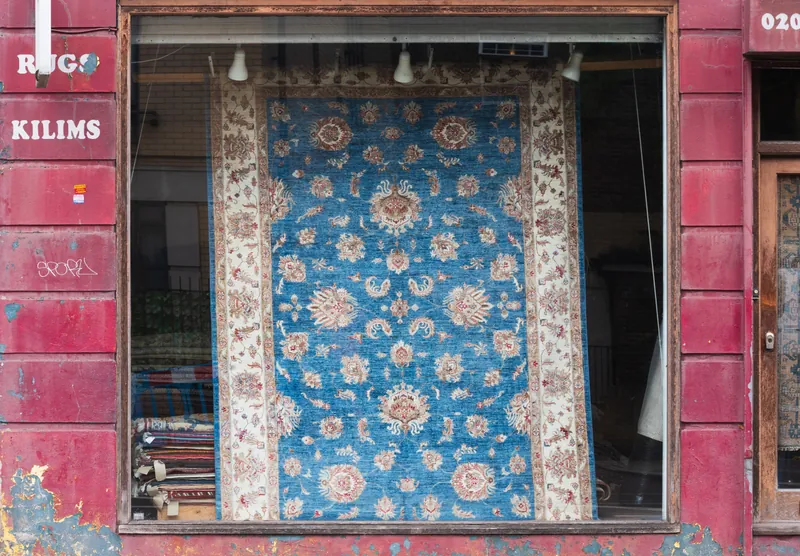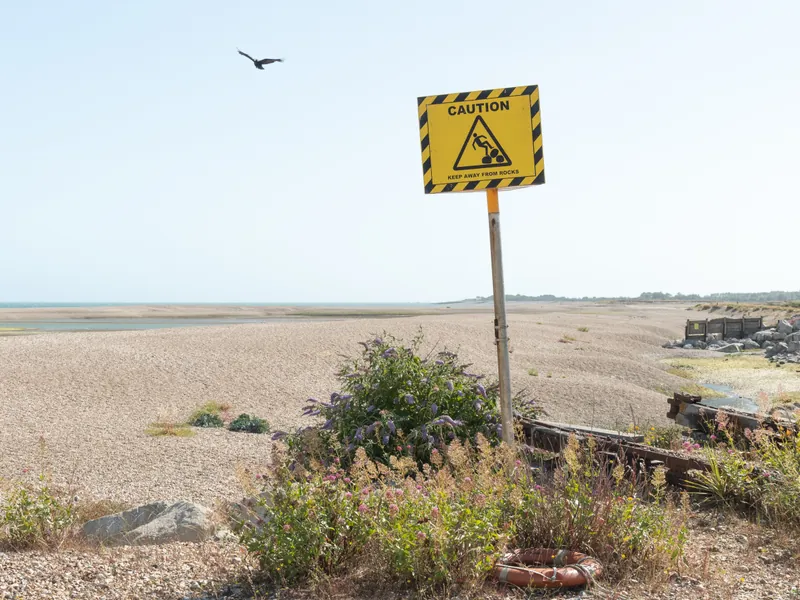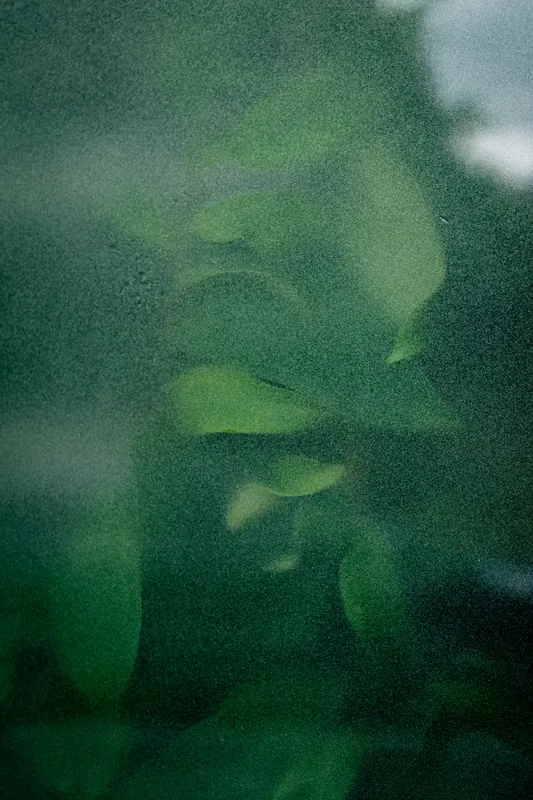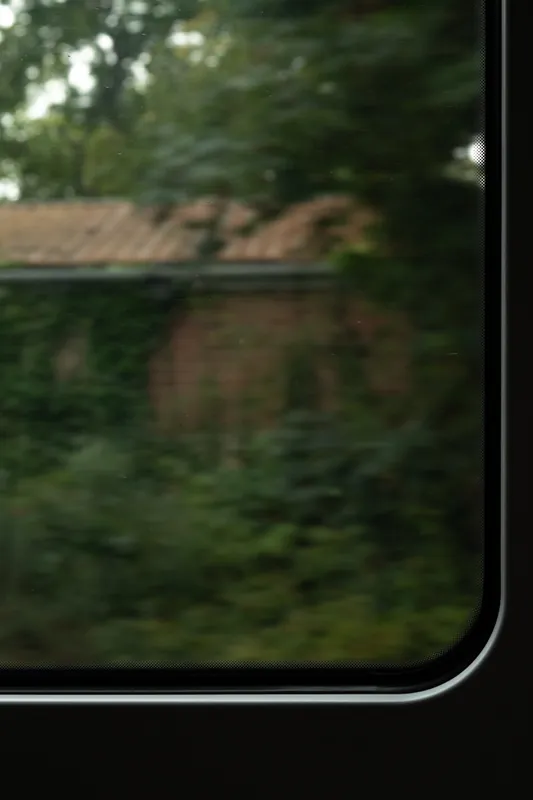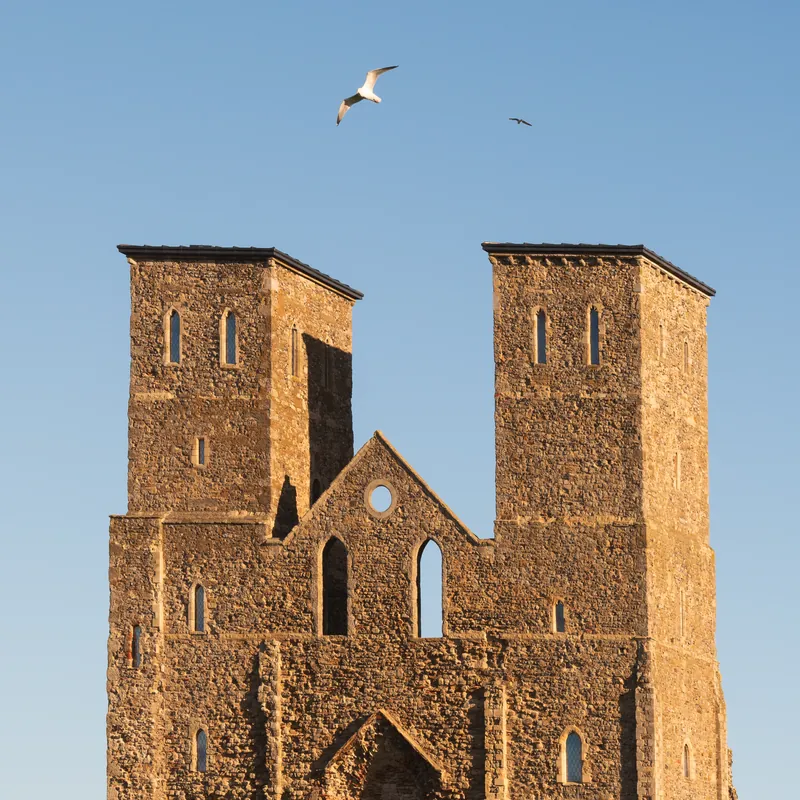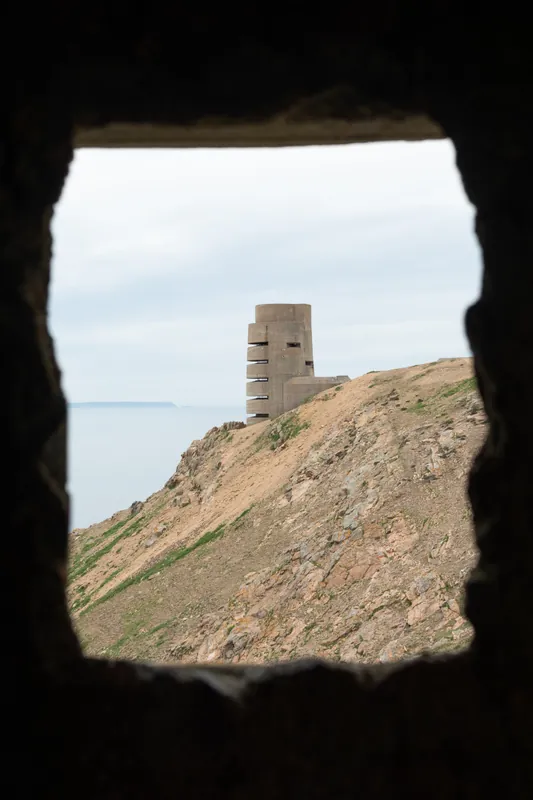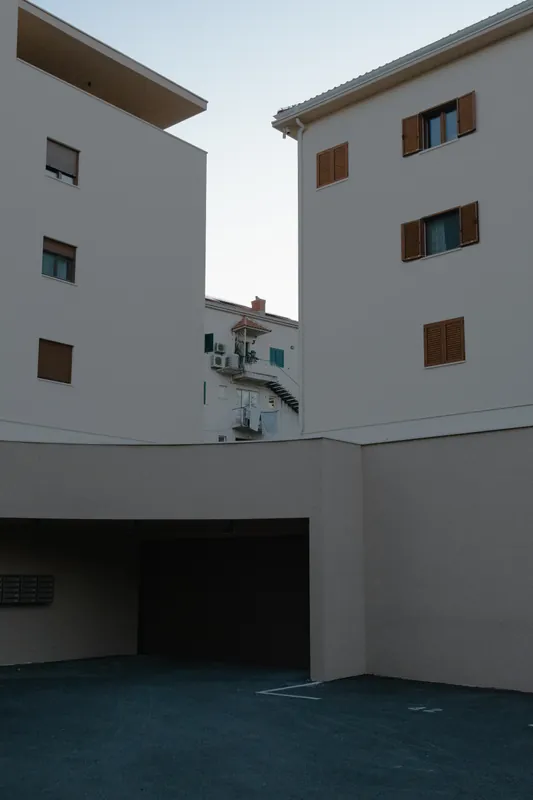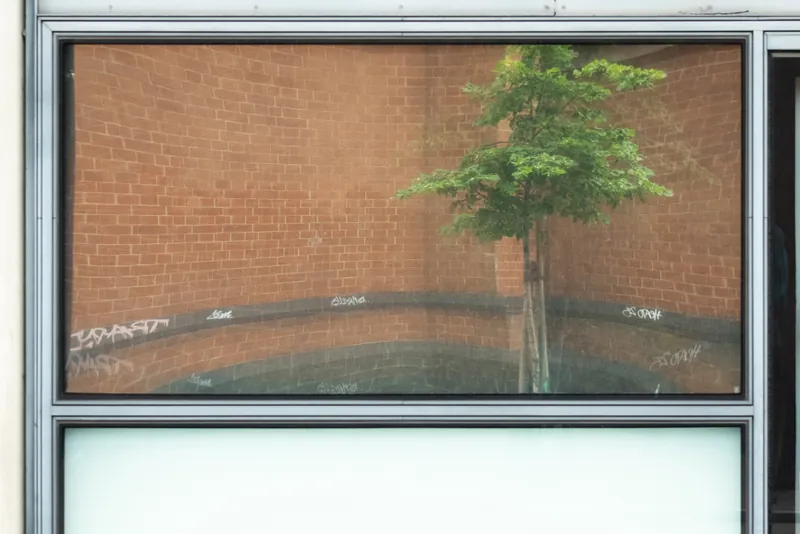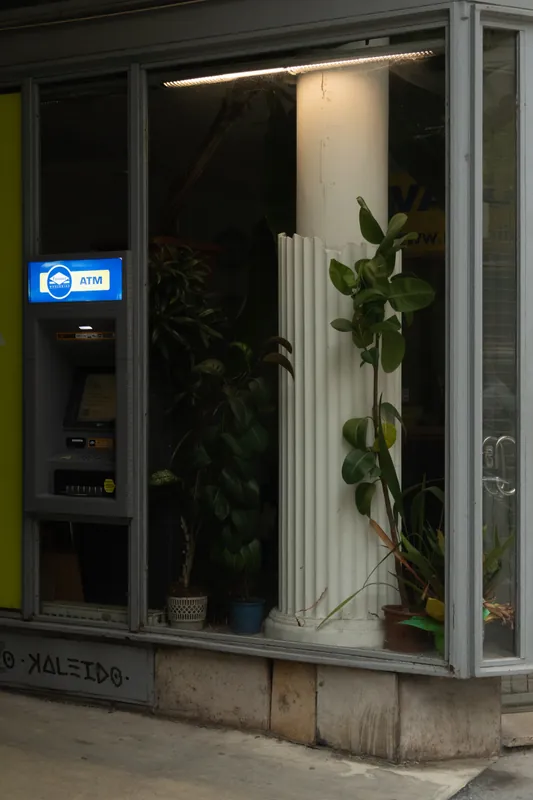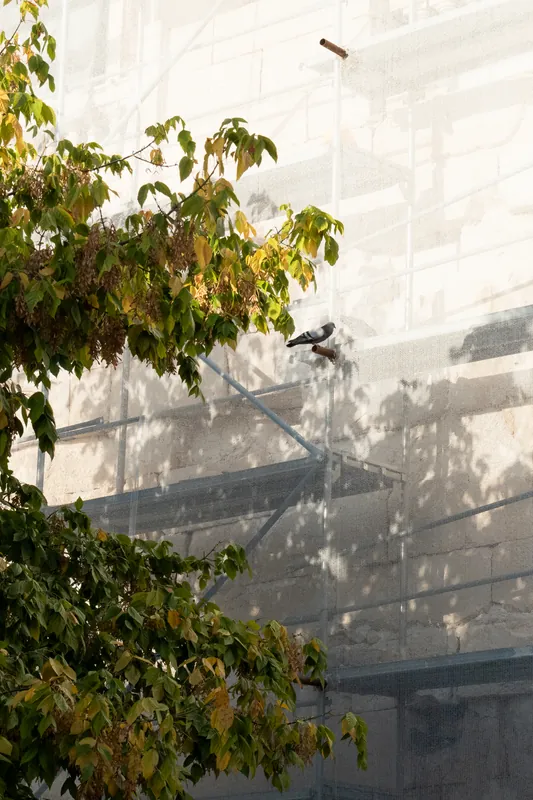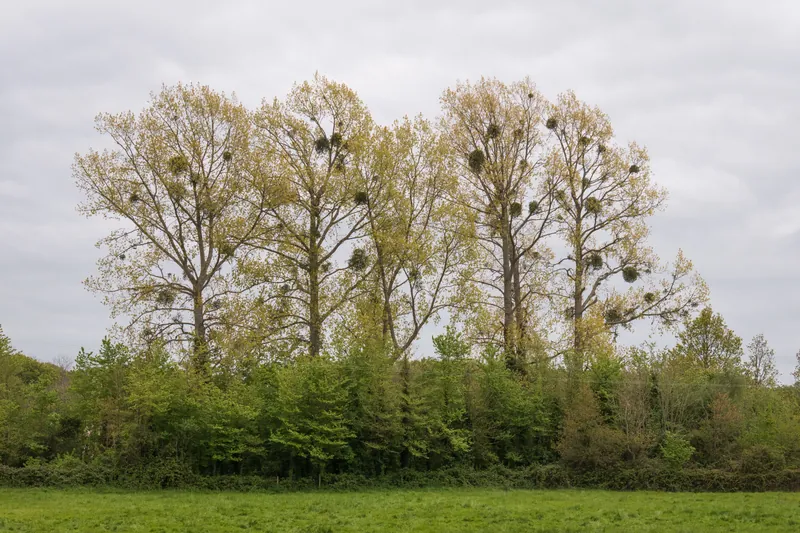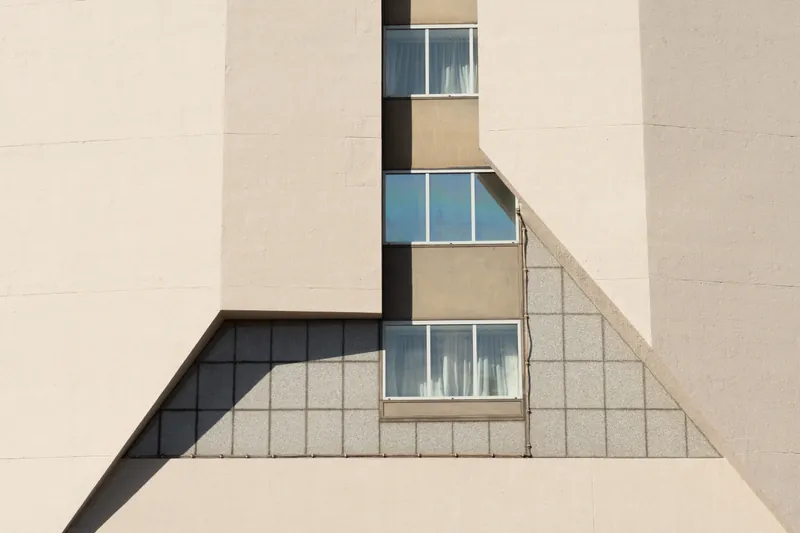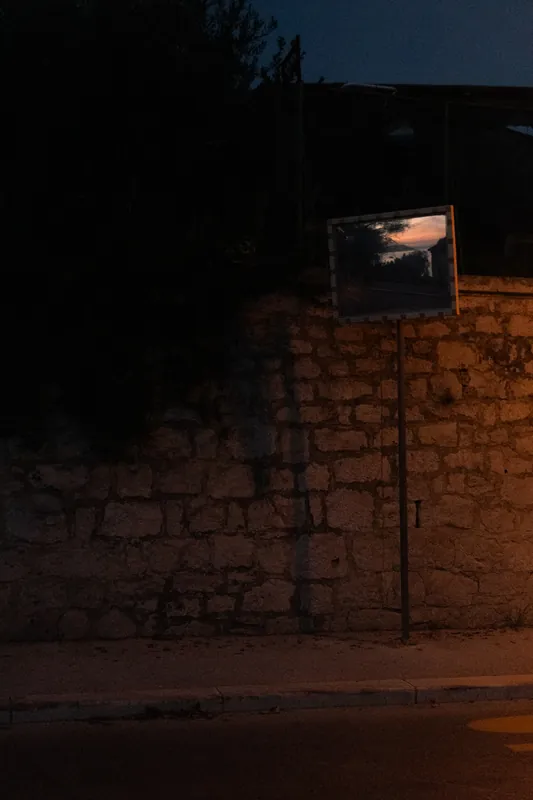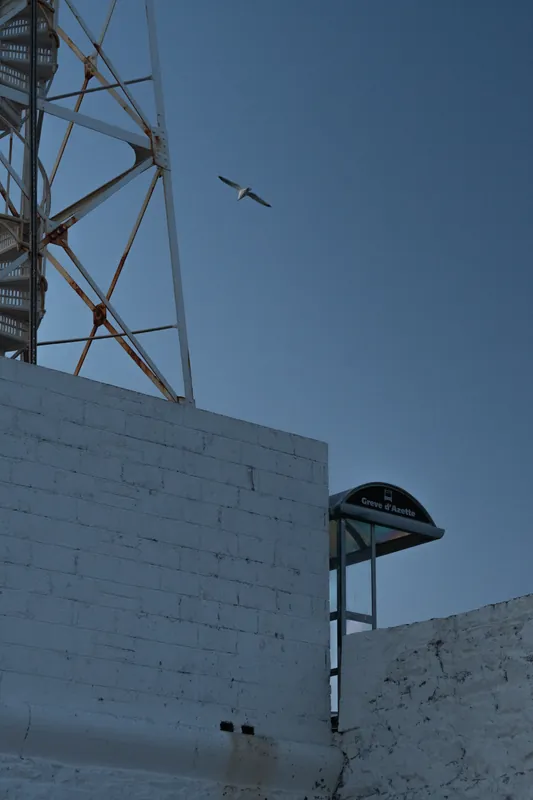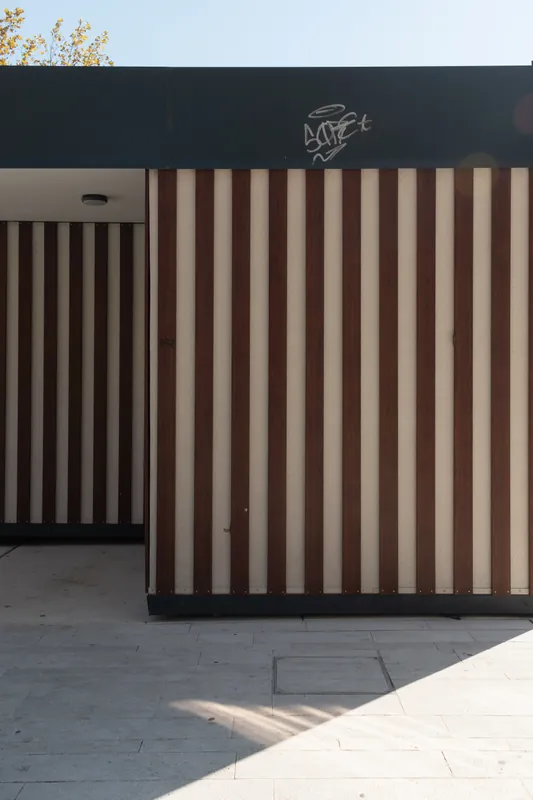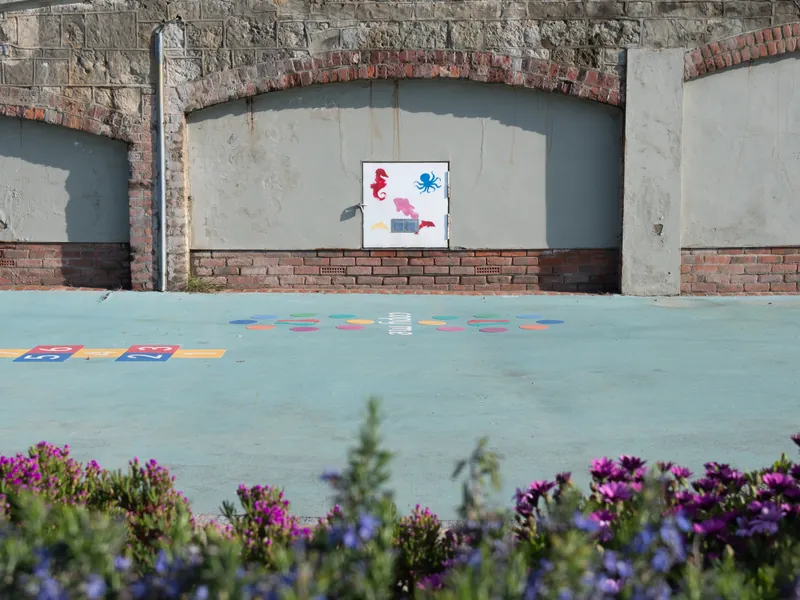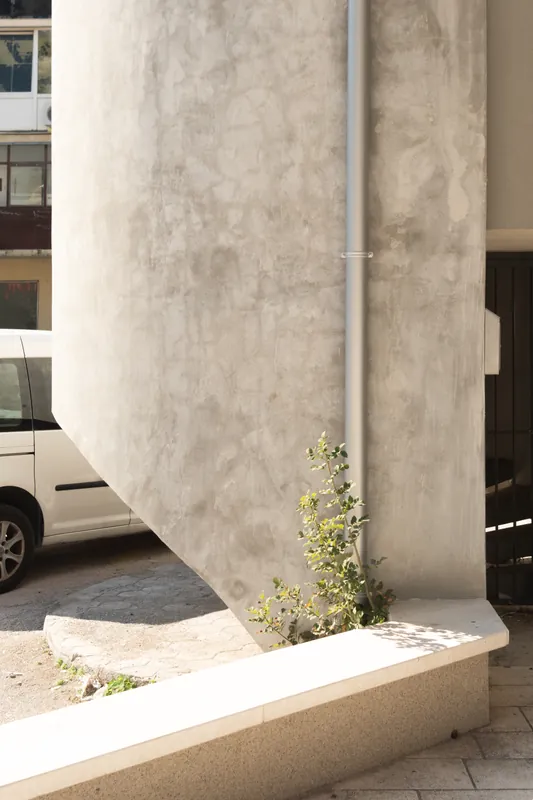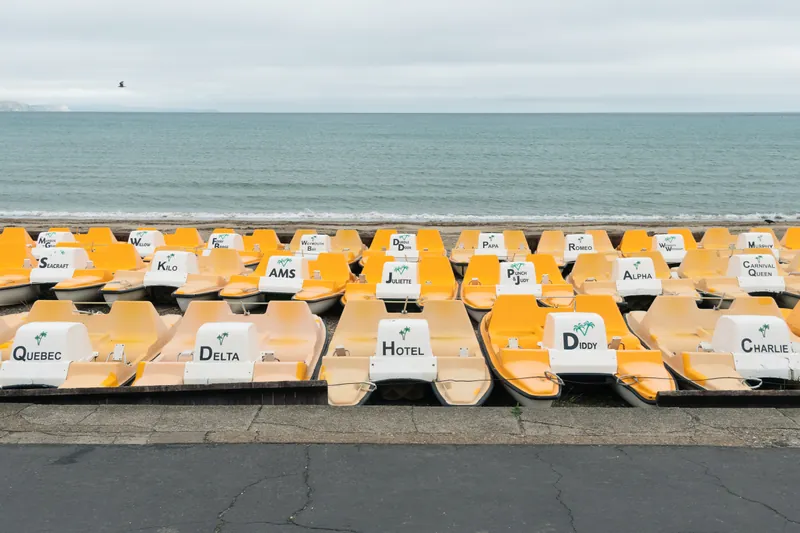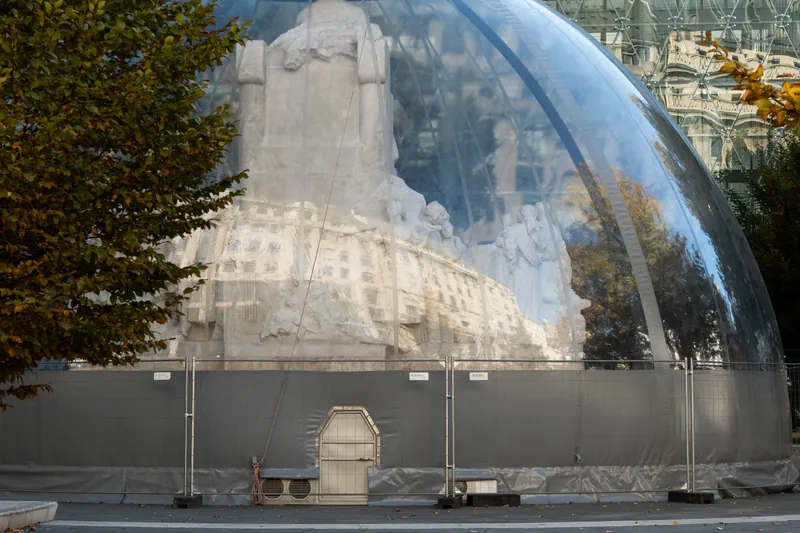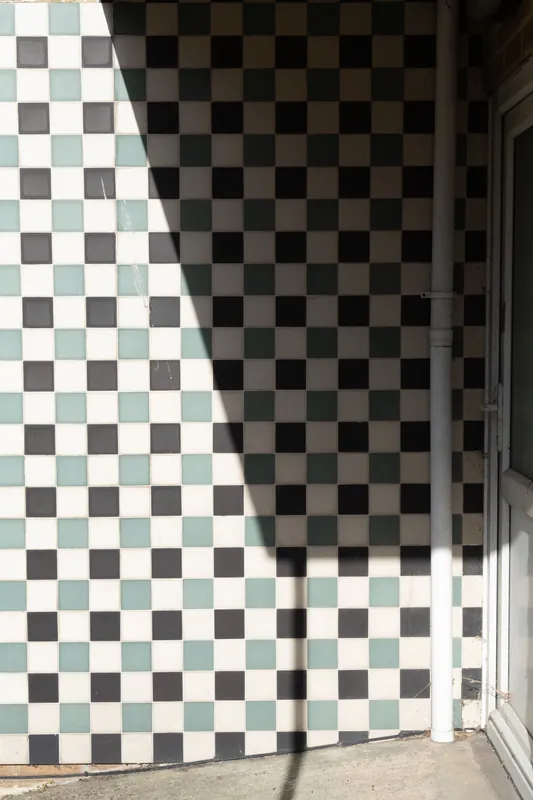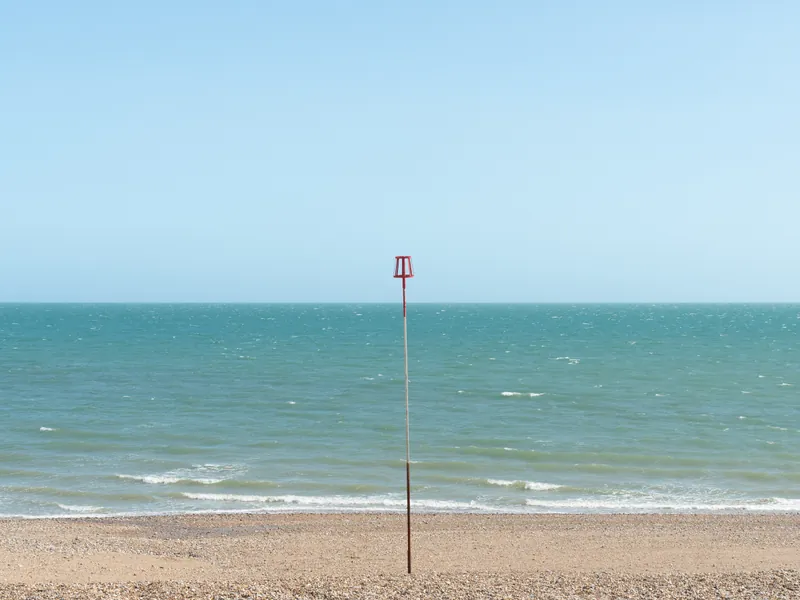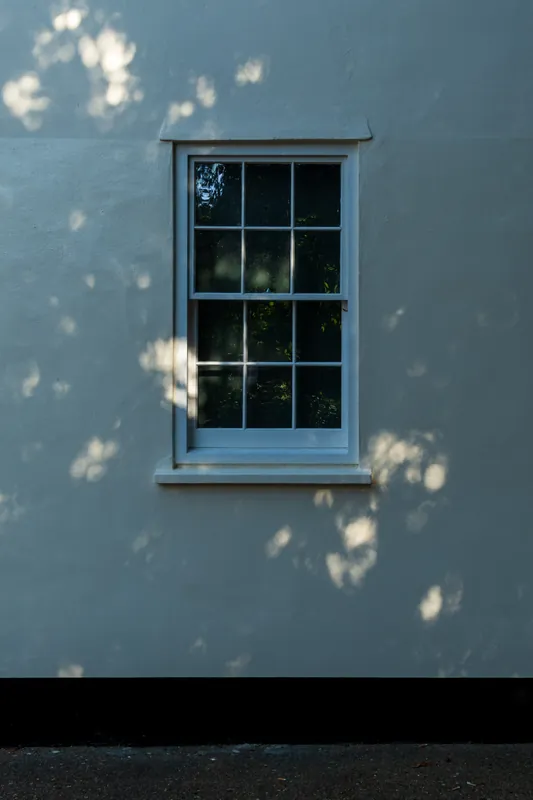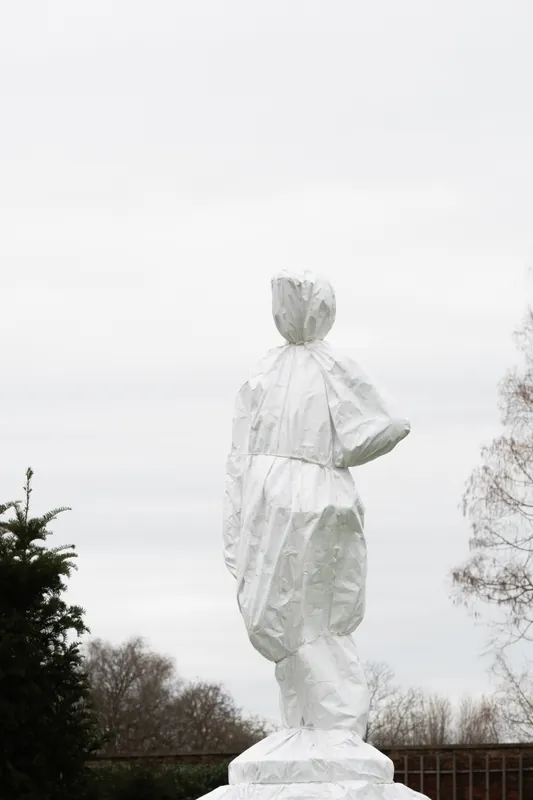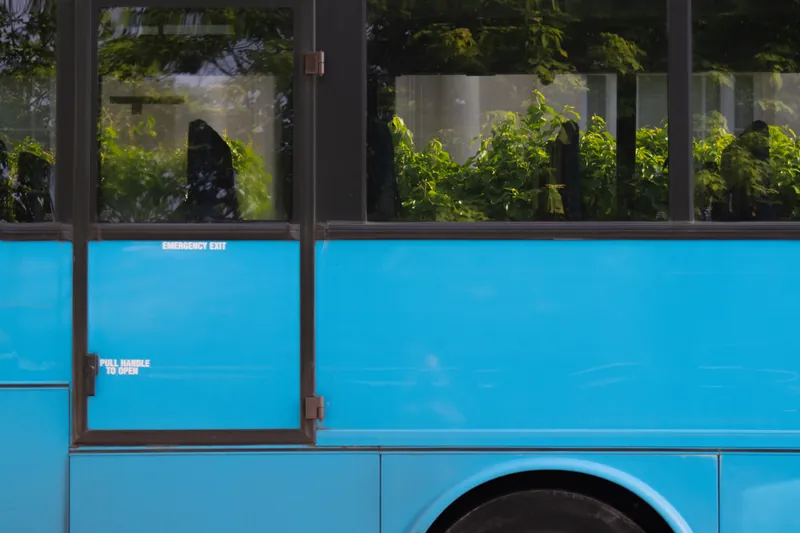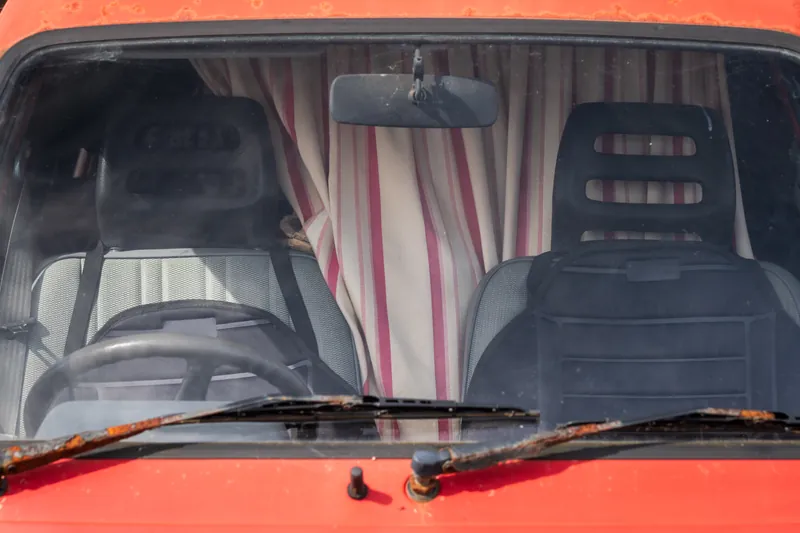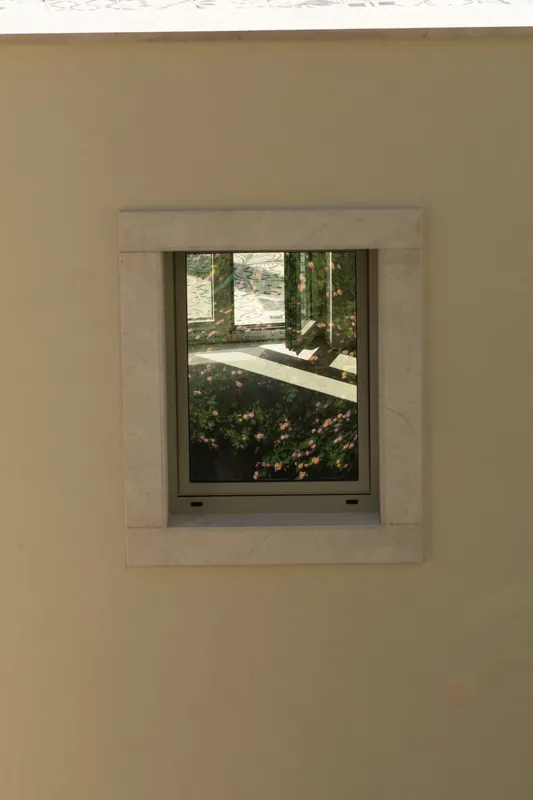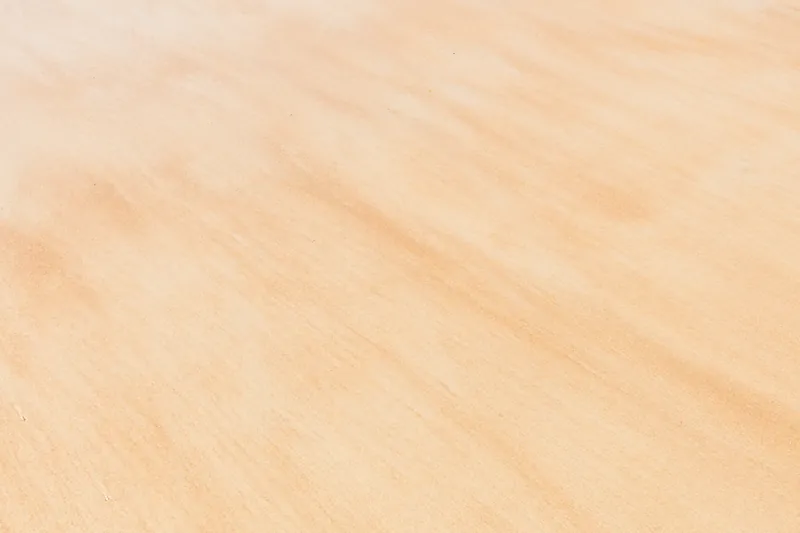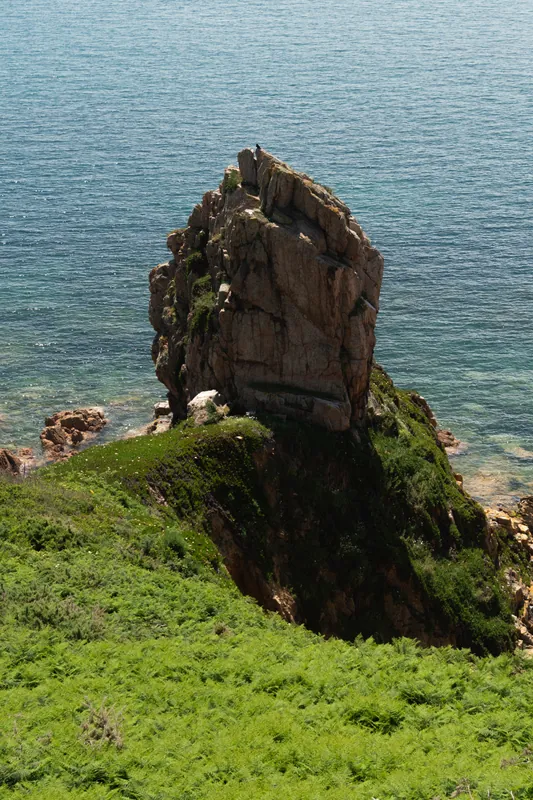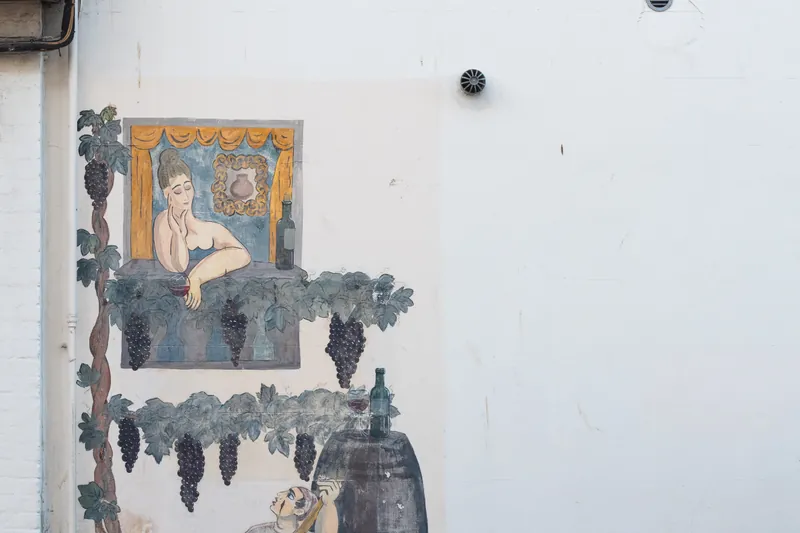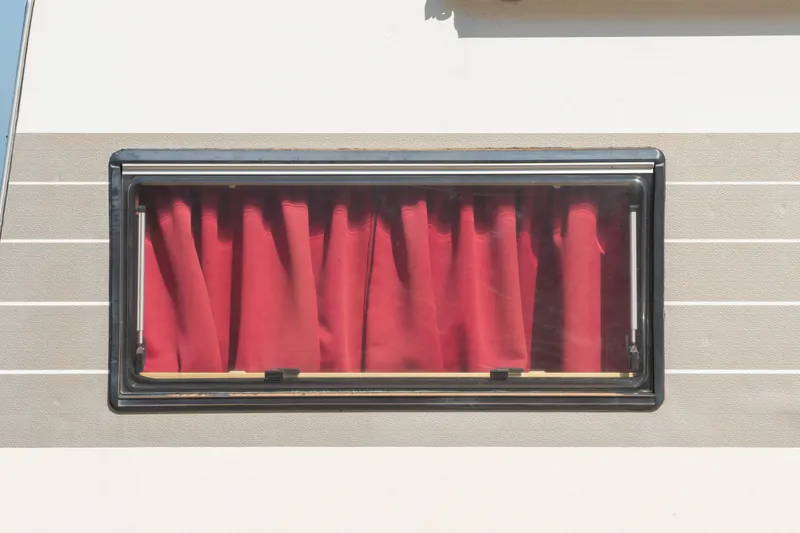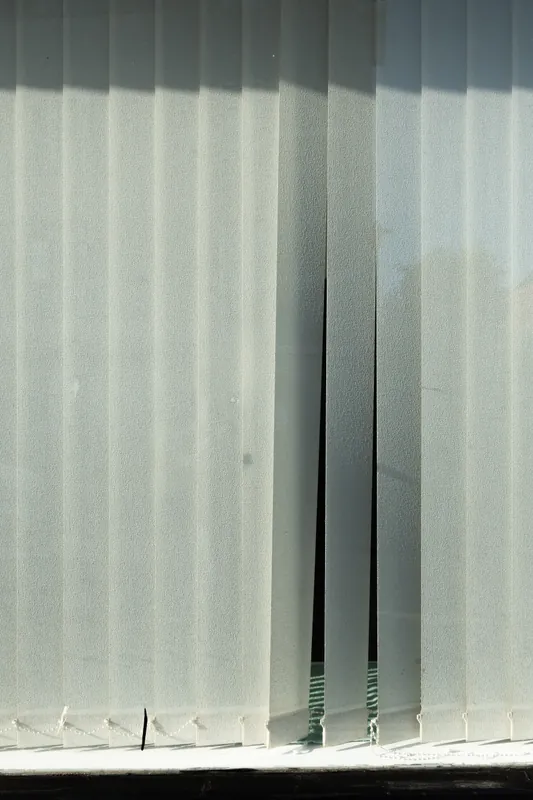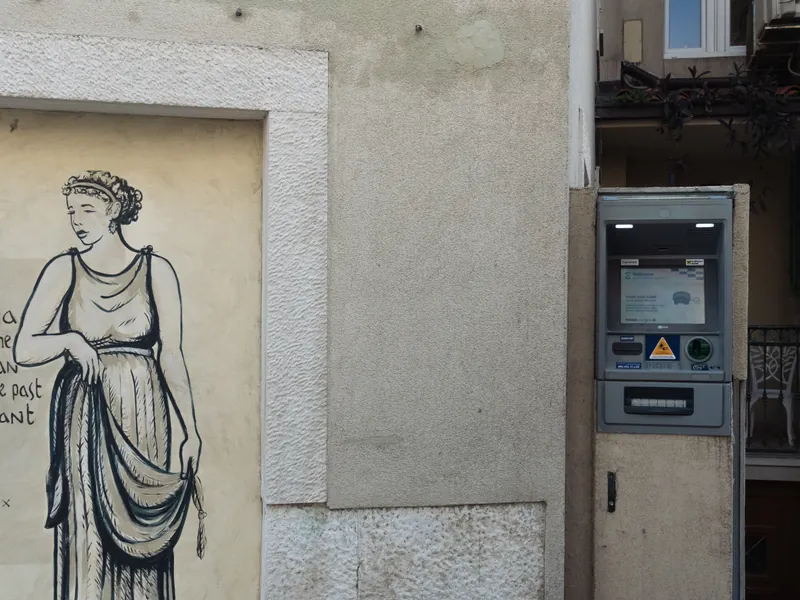In 1989, the political scientist Francis Fukuyama declared that humanity had reached the “End of History”. The Cold War was over. Western liberal democracy had prevailed. He lamented the loss of ideological struggle, and the looming monotony of this post-historic era. But there is another kind of End to History.
Our ecosystems are rocketing towards collapse. Our forests burn. Our oceans acidify. Extinctions happen daily, and our blood fills with plastic. If we do not act fast, there will be no one left to record us. Our history books will be left incomplete. Bookended by wilderness, we will be overwritten, just as we sought to overwrite the world.
“Palimpsest” (2023-ongoing) explores nature in this post-historic human landscape, and asks a simple question: What will our world look like when we are gone?
My undergraduate dissertation, “On Yearning” (2021), is foundational to this photographic practice. It examines a sort of wistful nostalgia for a future that cannot be. In life, we catch glimpses of worlds on our periphery: a glowing window, passed on an evening walk, hints at the lives of those within, and we long to be a part of that world, but of course we cannot. The Yearning is a glance from afar, a world imagined and desired but never experienced.
My images, like these glimpses, are a sort of synecdoche: from a single frame, a single point of punctum, they construct a view of our post-historic future. In “Beauty in Photography” (1981), Robert Adams writes that only photographs which appears “easily made can convincingly suggest that beauty is commonplace.” I seek simple, effortless images, in hopes that they might suggest a world between them. Their potency is their collective imagination.
All of my images are discoveries, spontaneous and unconstructed, not taken or made, but found. My creative practice is, essentially, walking. I explore landscapes outside of their time: off-season, empty, sun-bleached tourist towns; concrete coasts fortified long ago against war and erosion; miraculous life amidst the remnants of industry. My work contains no people.
If we all vanished tomorrow, what would remain? What would survive us? What would have been worth it? I explore landscapes with a past, not because I want to photograph that past, but because they let us glimpse into the future of our troubled world—a future at once desolate, lonely, beautiful, and strangely prehistoric—and show us what the End of History really means.
